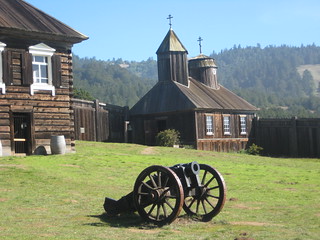Gov. Makes a Pitch for tax measure
by Brian Leubitz
You won’t find a slew of biblical references on Calitics, but that will change for today. Gov. Brown pitched his revenue measure in a WWJD kind of way:
“For those who’ve been blessed the most, it’s only right, and I think the way to go to say, ‘Give some back temporarily, for the next seven years, until our economy finally gets back,’ ” Brown said at a news conference in Oakland, where he accepted a $1 million contribution to his tax campaign from the influential California Nurses Association.
Later, the Democratic governor invoked the New Testament explicitly.
“Those who we’re asking to pay more, I think they can,” he said. “And I think it says in the New Testament, ‘For those whom much is given, much will be asked,’ and that’s what we’re doing today.”(SacBee)
This is really one of the big Right-vs-Left fights in America right now. Those who claim to honor their religion, but then ignore the parts that are expensive or inconvenient, and those who see the morality of a more equal society. Religion needn’t be a big part of that, but there are parts of the Bible which specifically speak to these issues. It is hardly a new thing for them to be ignored, after all, hypocrisy abounded in the feudal era with respect to the Church.
And so, here we are again, looking to find a way to fund our long-term needs. I can’t imagine that calling into question the sense of charity of the Rich is the way to win this fight for the long haul. But it might score a point or two in this battle.

